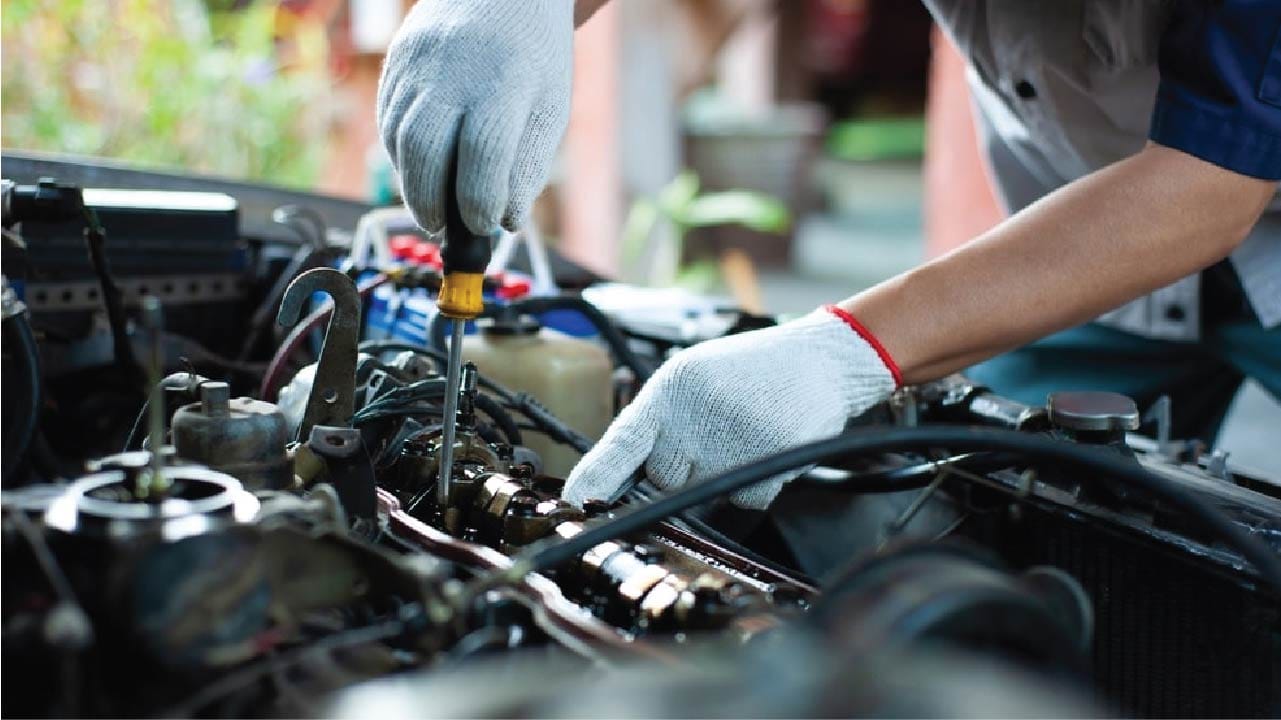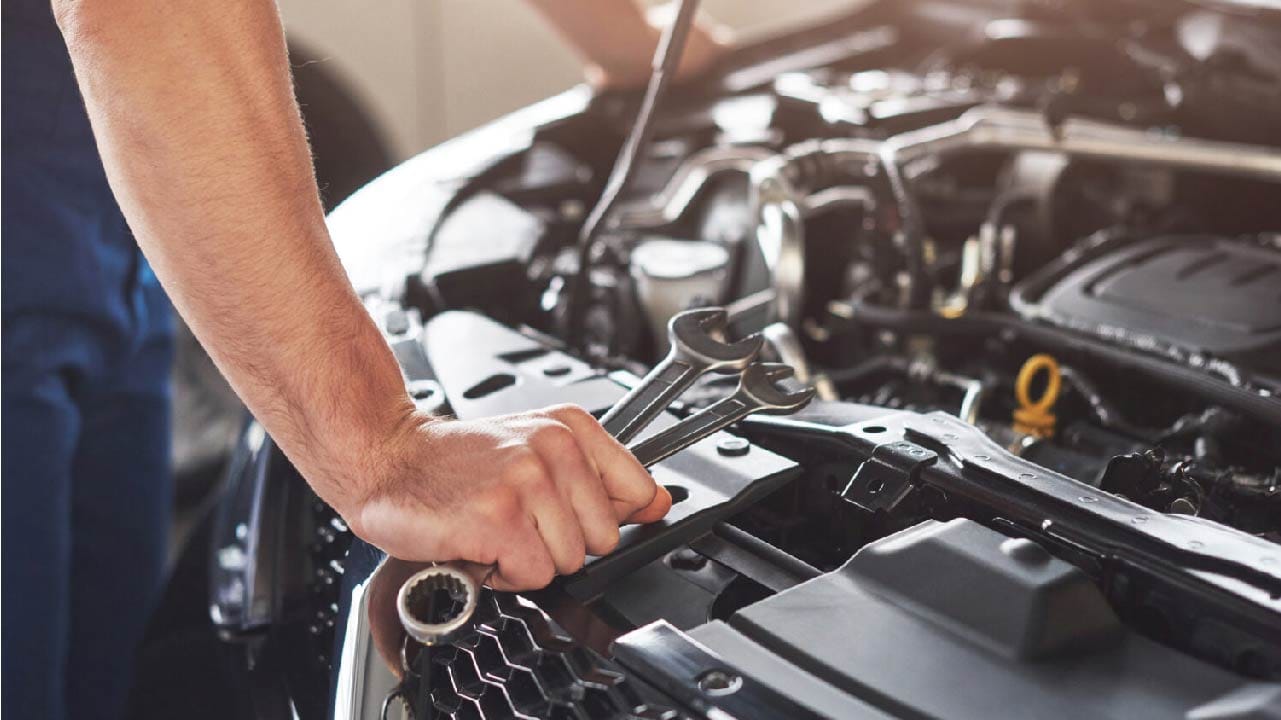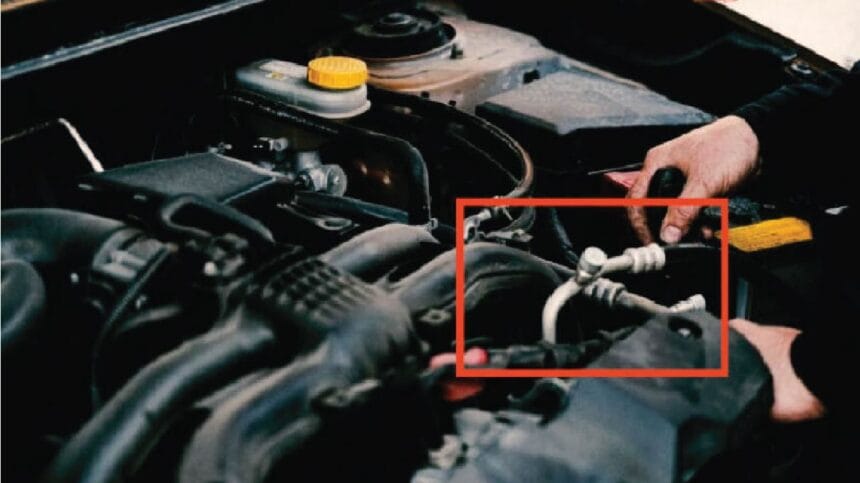Knowing your car’s parts is important for every owner. One key part is the Tranny Tube. Want to learn more about it? Keep reading! This article will explain what it is, how to take care of it, and common problems it might have. So, let’s dive in and learn more!
What is a Tranny Tube?
A tranny tube is a part of the car’s transmission system. A metal tube or cylinder runs from the transmission to places like the radiator and oil cooler. Its main job is to keep the transmission cool by moving fluid from the transmission to the cooler.
The tranny tube helps cool the transmission fluid. This prevents the transmission from overheating. The fluid in the tube acts as a lubricant, protecting moving parts like gears, clutches, and bearings from wear and tear.
Types of Tranny Tubes
There are three types of Tubes:
- Standard Tubes: These are made from materials like aluminium, steel and plastic. They fit many types of cars and are commonly used. They are durable and cost-effective.
- High-Performance Tubes: These tubes handle more power and work better than standard tubes. They are made stronger than steel. They are used in high-performance cars for better cooling.
- Custom Tubes: Custom tubes are made to fit specific vehicles. They offer the best performance and adaptability. They are perfect for customized and high-performance cars.
What are the Benefits of Using a Tranny Tube?
Tranny tubes help improve fuel efficiency. They cool the transmission fluid, helping the engine use power more efficiently, which reduces gas usage. Tranny tubes also improve driving stability. They reduce wheel hopping, especially in rough terrain or wet and snowy conditions. This makes it easier to drive through sand or mud.
The Downsides of Tranny Tube

Tranny tubes have a few downsides.
First, they can leak if loose connections or seals wear out, leading to fluid loss and transmission issues. Over time, the tube can rust from exposure to the elements, which affects its performance.
Regular checks and maintenance are needed to keep it working well, which can take time. It can also be hard to find the right size and type of tube for certain vehicles, especially for custom or high-performance needs.
High-performance tubes, made from strong materials like steel or titanium, cost more than standard ones, making maintenance or upgrades more expensive.
Some Maintenance Tips
Check your tranny tube regularly for leaks, cracks, or damage. Fix any problems right away to prevent further damage to the transmission.
Check the transmission fluid regularly as recommended by the car manufacturer. Keeping the fluid at the right level and quality is important for the tranny tube and transmission system.
Flush and replace the transmission fluid regularly as per the manufacturer’s guidelines. This removes any pollutants and keeps the tranny tube and transmission system working well.
Common Issues and Troubleshooting
Leaks are common in tranny tubes. Loose connections, worn seals, or damage can cause them. Fixing leaks quickly is important to prevent transmission damage and ensure the car runs properly.
Over time, the tranny tube can corrode due to exposure to the elements. Corrosion can cause leaks or breakage. Regular inspections and maintenance can prevent or reduce corrosion.
Buying Guide for Tranny Tubes

Measure your transmission system before buying a tube. Getting the right size is crucial for a proper fit and function.
Tranny tubes come in different designs, from straight to curved. Choose a design that fits your car’s needs and improves performance.
Tranny tubes are made from glass or silicone. Silicone tubes are more durable but cost more. Glass tubes are cheaper but can break easily. Choose the material based on your budget and needs.
Top 5 Most Useful Tranny Tubes and Their Price
Here are the five best tranny tubes that offer various options to suit different needs and budgets, from affordable standard models to high-performance and custom-fit solutions:
1. DR TRANNY Lubegard Automatic Transmission Instant Shudder Fix 6 Pack:
The DR TRANNY Lubegard Instant Shudder Fix is great for stopping transmission shudder. It costs about $10 per pack and is easy to use. This product boosts the performance of your transmission fluid but needs regular reapplication since it’s not a permanent fix.
2. Transmission Dipstick Stainless Braided Hose TH350 TH-400 700R4 Tranny SBC BBC Trans for Chevy GM:
This dipstick from JahyShow is durable and flexible, making it easy to install. It costs around $25-$30 and is rust-resistant. It’s designed for specific GM and Chevy models, so it might not fit all cars.
3. 1409KMT TH350 TH400 Transmission Dipstick Tube Tool with Lock Flexible Stainless Steel Compatible with Chevy GM TH350 Tranny 350 Turbo HOT TH400 Turbo:
The 1409KMT Transmission Dipstick is made of flexible stainless steel and has a locking mechanism for a secure fit. It costs about $20-$25 and is resistant to leaks and corrosion. It’s designed for certain GM and Chevy models.
4. Kqiang Transmission Dipstick Stainless Braided Hose TH350 TH-400 700R4 Tranny SBC BBC Trans Compatible with Chevy GM:
The Kqiang Transmission Dipstick is priced at around $25-$30. It is made from high-quality stainless steel, making it durable and easy to install. However, it is only compatible with specific GM and Chevy models.
5. TASAN Racing Varilla de transmisión flexible de acero inoxidable 350 TH350 Tranny SBC BBC Trans para Chevy para GM:
The TASAN Racing Transmission Dipstick is lightweight and flexible, made from stainless steel. It costs about $20 and offers excellent leak-proof and rust-resistant performance. It’s best for specific Chevy and GM models.
Bottom-Line
The tranny tube is an important part of your car’s transmission system. It helps circulate coolant and lubricant, which are vital for the transmission. By understanding its function, doing regular maintenance, and fixing common issues, you can extend the life of your car’s transmission. Regular checks, fluid maintenance, and proper care are key to running your car smoothly and efficiently.
(FAQs)
What does a tranny tube do?
It cools the transmission fluid and prevents the transmission from overheating.
How often should I check my tranny tube?
Inspect it regularly for leaks and damage; check fluid levels per your car manufacturer’s guidelines.
What are common issues with tranny tubes?
Leaks and corrosion are common; regular maintenance can prevent these problems.
How do I choose the right tranny tube?
Consider the size, design, and material that fits your vehicle’s needs.
More To Explore:
How AI is Transforming Business: Everything You Need To Know
What is Innocams?: Features, Benefits, Drawbacks and Installation Process
All About XCV Panel: Features, Applications, Specifications, and Benefits












